Artificial Intelligence (AI) has revolutionized various industries, and AI for interior design is no exception. With the help of AI apps and tools, designers can now create stunning spaces with ease and efficiency.
Table of Contents
In this article, we will explore the top 10 AI apps and tools for interior design, highlighting their features and benefits.
1. Houzz

Houzz is a popular AI app that allows users to browse millions of interior design photos and find inspiration for their own projects. With its augmented reality feature, users can even visualize how furniture and decor will look in their space before making a purchase.
2. Planner 5D
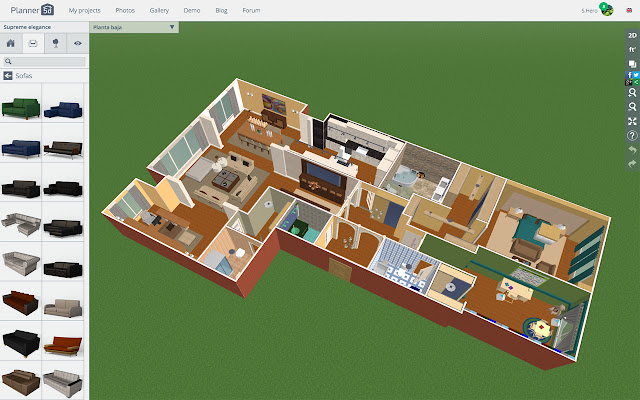
Planner 5D is an AI tool that enables users to create detailed floor plans and 3D models of their spaces. It offers a vast library of furniture and decor items, allowing users to experiment with different styles and layouts.
3. Morpholio Board
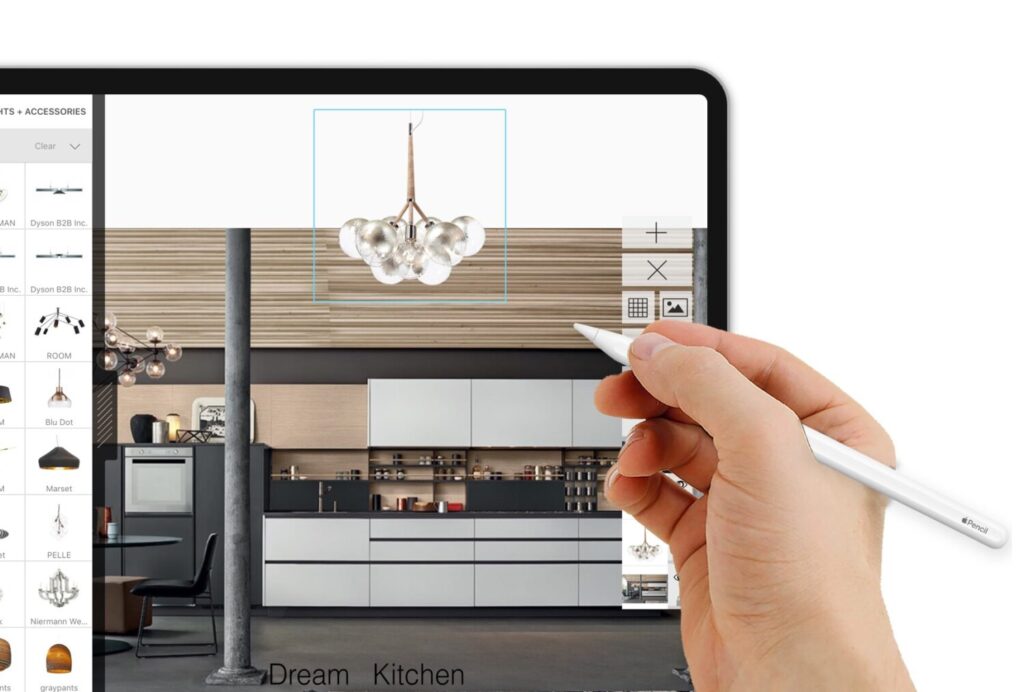
Morpholio Board is an AI app that helps designers organize and present their ideas. It allows users to create digital mood boards by combining images, sketches, and notes. The app also offers collaboration features, making it easy for designers to work with clients and colleagues.
4. ColorSnap
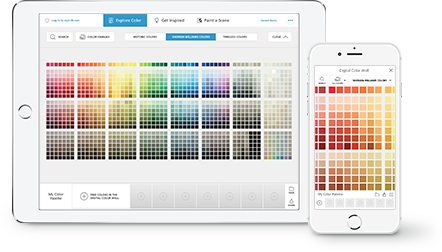
ColorSnap, developed by Sherwin-Williams, is an AI tool that helps users choose the perfect paint colors for their spaces. By simply uploading a photo, the app can match the colors in the image to Sherwin-Williams’ extensive paint collection, making the selection process a breeze.
5. HomeByMe
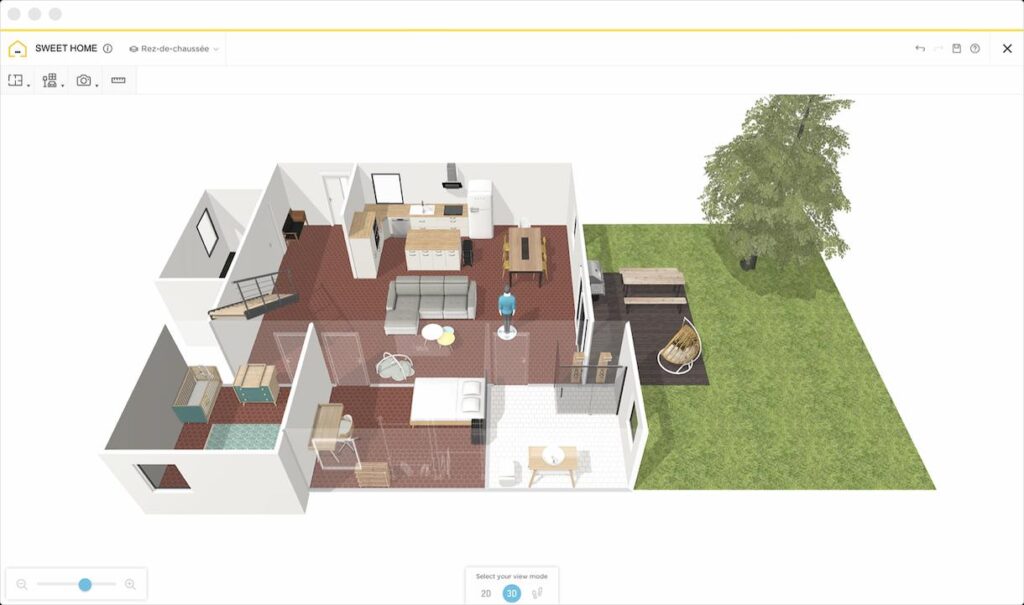
HomeByMe is an AI tool that allows users to design and decorate their spaces in 3D. With its intuitive interface, users can easily drag and drop furniture, change wall colors, and experiment with different layouts. The app also offers a virtual reality feature, allowing users to experience their designs in a more immersive way.
6. MagicPlan
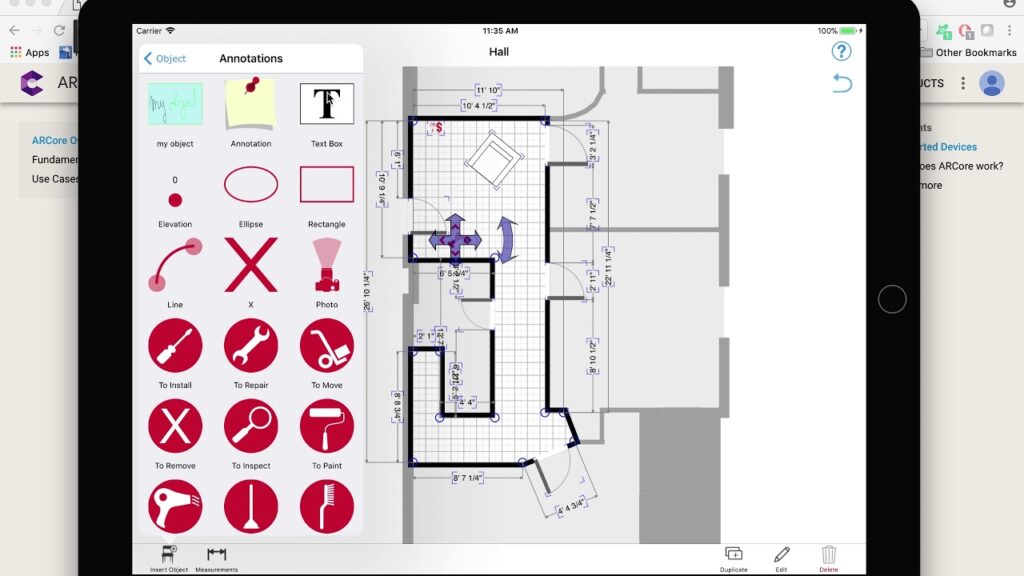
MagicPlan is an AI app that enables users to create accurate floor plans by simply taking photos of their space. The app uses augmented reality to measure distances and generate detailed floor plans, eliminating the need for manual measurements.
7. Roomstyler 3D Home Planner

Roomstyler 3D Home Planner is an AI tool that allows users to design and decorate their spaces in 3D. With its extensive library of furniture and decor items, users can easily visualize their ideas and experiment with different styles. The app also offers a community feature, allowing users to share their designs and get feedback from others.
8. Homestyler
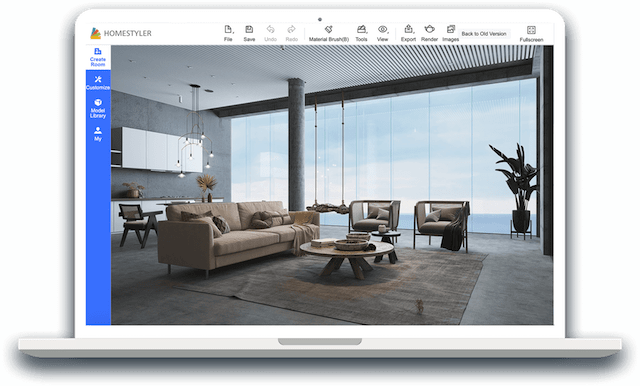
Homestyler is an AI app that offers a wide range of design features. Users can create 2D and 3D floor plans, experiment with different furniture arrangements, and even try out different paint colors. The app also offers a virtual reality feature, allowing users to walk through their designs and experience them in a more immersive way.
9. ArtPlacer
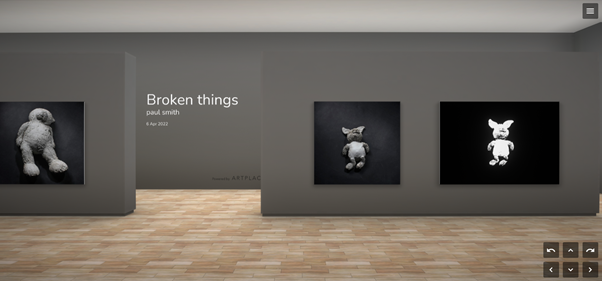
ArtPlacer is an AI tool that helps users visualize how the artwork will look in their space. By simply uploading a photo, users can see how different pieces of art will look on their walls, helping them make informed decisions when purchasing artwork.
10. SketchUp
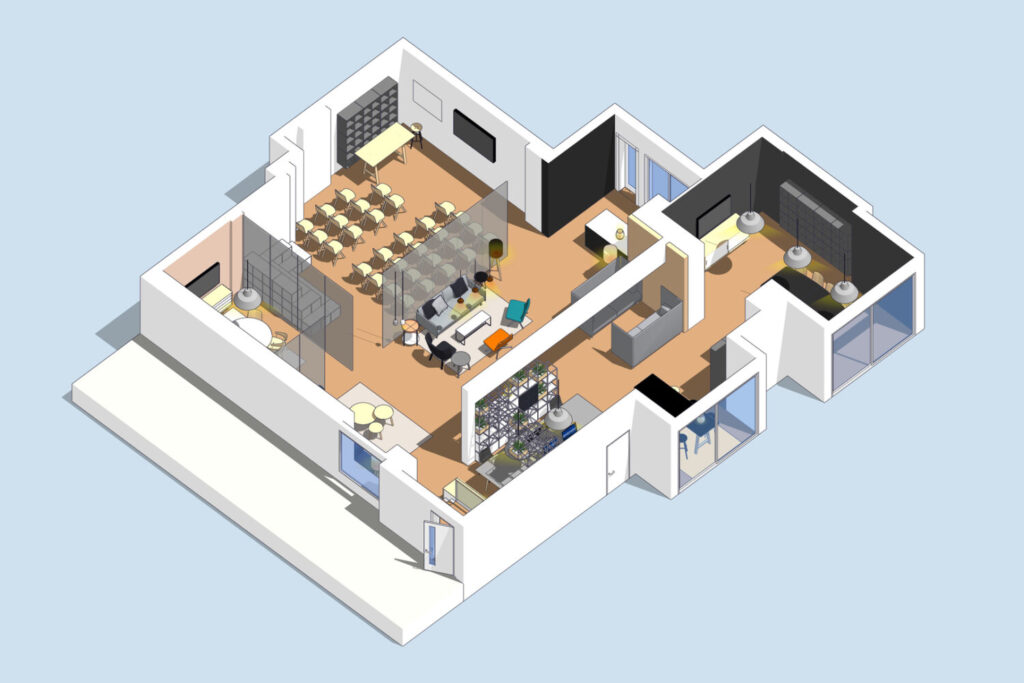
SketchUp is an AI tool that allows users to create detailed 3D models of their spaces. With its intuitive interface, users can easily draw and modify their designs, adding furniture, textures, and lighting effects. The app also offers a vast library of pre-made models, making it easy for users to find inspiration and incorporate it into their designs.
How AI Can Help In Interior Designers?
In recent years, artificial intelligence (AI) has made significant strides in various industries, and interior design is no exception. With the help of AI apps and tools, designers can now streamline their creative process, enhance their productivity, and deliver exceptional results to their clients. In this article, we will explore the top 10 AI apps and tools that are revolutionizing the field of interior design.
- Virtual Reality (VR) Design Tools: VR technology has transformed the way designers conceptualize and present their ideas. With VR design tools, designers can create immersive 3D environments that allow clients to experience their vision before it becomes a reality. This not only saves time and resources but also ensures client satisfaction.
- Augmented Reality (AR) Apps: AR apps have become increasingly popular in the interior design industry. These apps enable designers to overlay virtual objects onto real-world spaces, giving clients a realistic preview of how different furniture pieces, colors, and textures will look in their homes. AR apps provide a convenient and interactive way for designers to collaborate with clients and make informed design decisions.
- AI-Powered Design Assistants: AI-powered design assistants are revolutionizing the way designers generate ideas and find inspiration. These tools analyze vast amounts of data, including design trends, color palettes, and furniture styles, to provide designers with personalized recommendations and suggestions. Designers can now save time and effort by relying on AI to curate design options that align with their clients’ preferences.
- Space Planning Software: Space planning is a crucial aspect of interior design, and AI-powered space planning software has made it easier than ever. These tools use algorithms to optimize room layouts, taking into account factors such as furniture placement, traffic flow, and functionality. Designers can now create efficient and aesthetically pleasing spaces with just a few clicks.
- Material Selection Tools: Choosing the right materials for a design project can be overwhelming, but AI-powered material selection tools simplify the process. These tools analyze various factors, such as durability, sustainability, and cost, to recommend the most suitable materials for a specific project. Designers can now make informed decisions and ensure that their designs are both visually appealing and practical.
- Lighting Design Apps: Lighting plays a crucial role in interior design, and AI-powered lighting design apps have revolutionized the way designers approach this aspect. These apps simulate different lighting scenarios, allowing designers to experiment with various fixtures, intensities, and colors. By visualizing the impact of different lighting options, designers can create ambiance and enhance the overall aesthetic of a space.
- Color Palette Generators: Selecting the right color palette is essential for creating a cohesive and visually pleasing design. AI-powered color palette generators analyze images, trends, and color theory to suggest harmonious color combinations. Designers can now explore a wide range of color options and create unique palettes that resonate with their client’s preferences.
- Furniture and Decor Recommenders: AI-powered furniture and decor recommenders have transformed the way designers source products for their projects. These tools analyze design styles, dimensions, and budgets to suggest furniture and decor pieces that align with the overall design concept. Designers can now save time and offer their clients a curated selection of products that meet their specific requirements.
- Project Management Software: AI-powered project management software has become an invaluable tool for interior designers. These tools streamline communication, scheduling, and budgeting, allowing designers to stay organized and deliver projects on time and within budget. With AI-powered project management software, designers can focus on their creative process while ensuring efficient project execution.
- 3D Rendering Software: 3D rendering software has been a game-changer for interior designers. These tools allow designers to create realistic visualizations of their designs, enabling clients to visualize the final result. With AI-powered 3D rendering software, designers can showcase their ideas in a compelling and immersive way, ultimately enhancing client satisfaction and project success.
In conclusion, AI apps and tools have revolutionized the field of interior design, empowering designers to streamline their creative process, enhance productivity, and deliver exceptional results.
From VR design tools to AI-powered project management software, these tools have transformed the way designers conceptualize, present, and execute their ideas. As AI continues to advance, the possibilities for innovation in interior design are endless.









